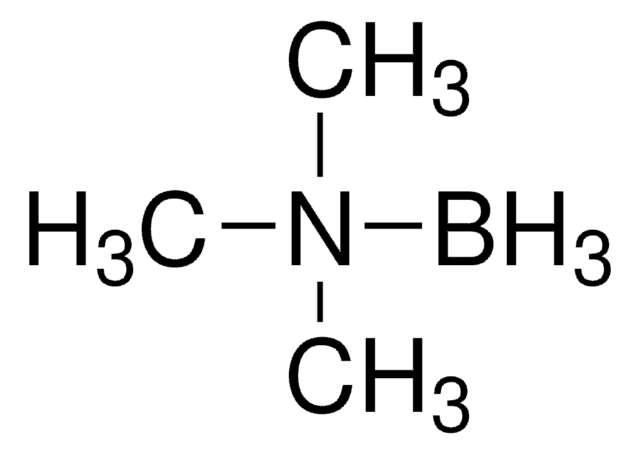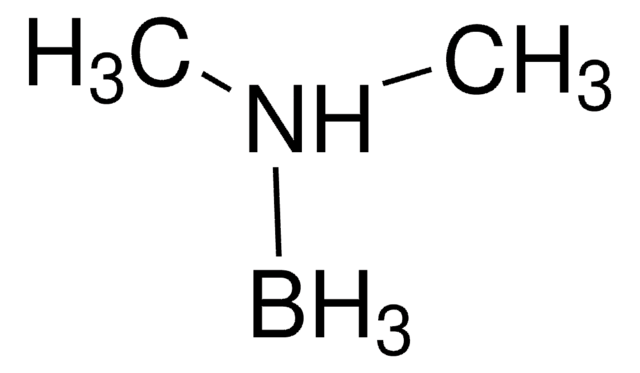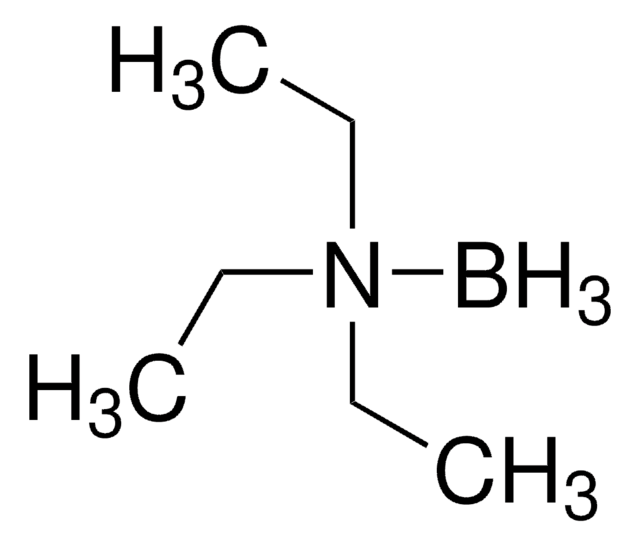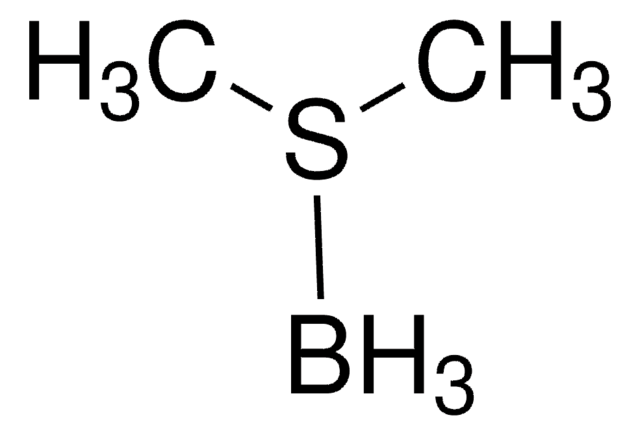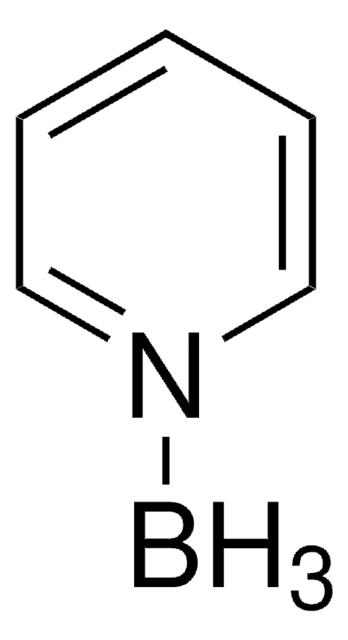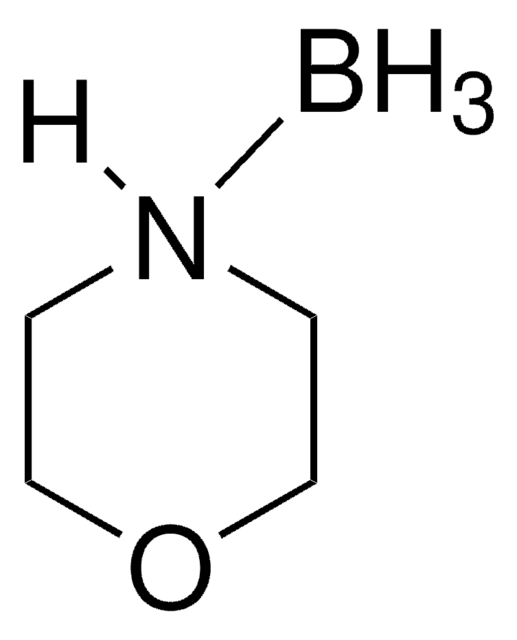Kluczowe dokumenty
682098
Borane-ammonia complex
95%
Synonim(y):
Amminetrihydroboron, Borazane
About This Item
Polecane produkty
Próba
95%
Formularz
solid
charakterystyka ekologicznej alternatywy
Design for Energy Efficiency
Learn more about the Principles of Green Chemistry.
sustainability
Greener Alternative Product
kategoria ekologicznej alternatywy
ciąg SMILES
B.N
InChI
1S/BH3.H3N/h2*1H3
Klucz InChI
WZMUUWMLOCZETI-UHFFFAOYSA-N
Szukasz podobnych produktów? Odwiedź Przewodnik dotyczący porównywania produktów
Opis ogólny
Zastosowanie
Kod klasy składowania
11 - Combustible Solids
Klasa zagrożenia wodnego (WGK)
WGK 3
Temperatura zapłonu (°F)
Not applicable
Temperatura zapłonu (°C)
Not applicable
Środki ochrony indywidualnej
Eyeshields, Gloves
Wybierz jedną z najnowszych wersji:
Masz już ten produkt?
Dokumenty związane z niedawno zakupionymi produktami zostały zamieszczone w Bibliotece dokumentów.
Klienci oglądali również te produkty
Powiązane treści
Batteries, fuel cells, and supercapacitors rely on electrochemical energy production. Understand their operation and electron/ion transport separation.
Baterie, ogniwa paliwowe i superkondensatory opierają się na elektrochemicznym wytwarzaniu energii. Zrozumienie ich działania i separacji transportu elektronów/jonów.
Baterie, ogniwa paliwowe i superkondensatory opierają się na elektrochemicznym wytwarzaniu energii. Zrozumienie ich działania i separacji transportu elektronów/jonów.
Nasz zespół naukowców ma doświadczenie we wszystkich obszarach badań, w tym w naukach przyrodniczych, materiałoznawstwie, syntezie chemicznej, chromatografii, analityce i wielu innych dziedzinach.
Skontaktuj się z zespołem ds. pomocy technicznej
